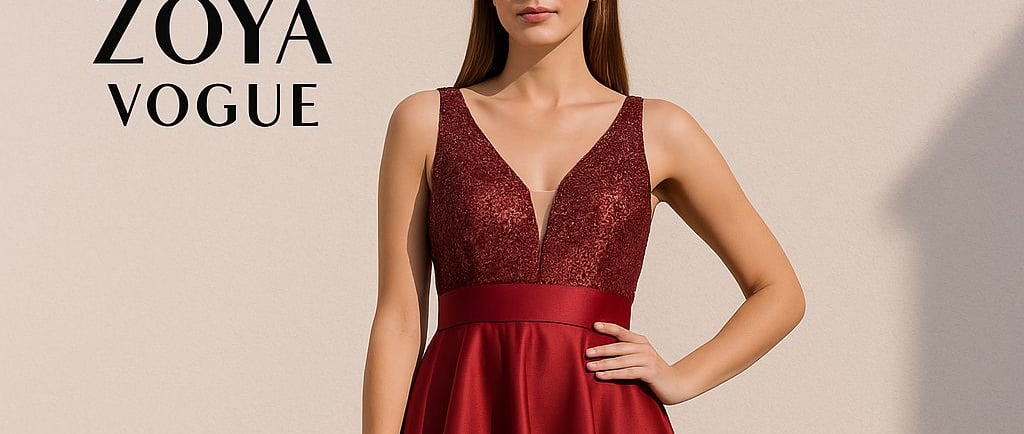history of Indo-Western fashion
Explore the fascinating history of Indo-Western dresses – from traditional Indian attire to modern fusion fashion. Discover how culture meets contemporary style.
FASHION
Zoyavogue
9/16/20252 min read


The Fascinating Backstory and History of Indo-Western Dresses
Indo-Western dresses have become a symbol of contemporary Indian fashion, blending traditional ethnic wear with Western silhouettes, fabrics, and sensibilities. But how did this unique style emerge? The journey of Indo-Western fashion is as fascinating as the outfits themselves.
Origins: Where East Meets West
The concept of Indo-Western attire is rooted in the cultural exchanges between India and the Western world. During the colonial era, Indian artisans and tailors were exposed to European styles, fabrics, and cuts. British officials, traders, and travelers influenced local fashion, which led to experimentation with Western patterns in Indian garments.
By the mid-20th century, Indian designers began fusing traditional attire like saris, lehengas, and kurtas with Western silhouettes such as gowns, skirts, and jackets. This blend allowed women to maintain cultural identity while embracing the global fashion scene.
Evolution Through the Decades
1950s–1970s: The first experiments with Indo-Western styles appeared in urban centers like Mumbai and Delhi. Women paired sarees with blouses that had Western cuts or draped sarees over skirts. Bollywood films also popularized this fusion in their costume designs.
1980s–1990s: Designers like Ritu Kumar and Rohit Bal began creating Indo-Western collections for weddings and formal events. The emphasis shifted toward luxurious fabrics, intricate embroidery, and innovative draping styles.
2000s–Present: Today, Indo-Western dresses are ubiquitous in India’s fashion landscape. They range from casual kurti-top fusion outfits to luxury gowns with ethnic embroidery. Celebrities and influencers have further propelled this style globally, making it a bridge between tradition and modernity.
Key Features of Indo-Western Dresses
Silhouette Fusion: Combining Indian drapes with Western cuts like mermaid skirts, A-line gowns, or structured jackets.
Fabric Innovation: Traditional fabrics like silk, chiffon, and brocade are mixed with Western fabrics such as tulle, georgette, and satin.
Embroidery and Embellishment: Indian embroidery techniques like zardozi, chikankari, and sequins adorn Western-style garments.
Versatility: Suitable for formal events, casual outings, and weddings, offering a perfect balance of elegance and comfort.
Cultural Significance
Indo-Western fashion is more than a trend—it represents India’s adaptability and global outlook. It allows individuals to celebrate their cultural roots while embracing contemporary aesthetics. It also symbolizes freedom of expression, giving designers and wearers a playground to innovate endlessly.
Conclusion
From its colonial-era roots to modern-day global runways, Indo-Western dresses tell the story of fusion, innovation, and cultural pride. They are a testament to India’s ability to blend heritage with modernity, making every outfit not just a piece of clothing, but a statement of identity.
